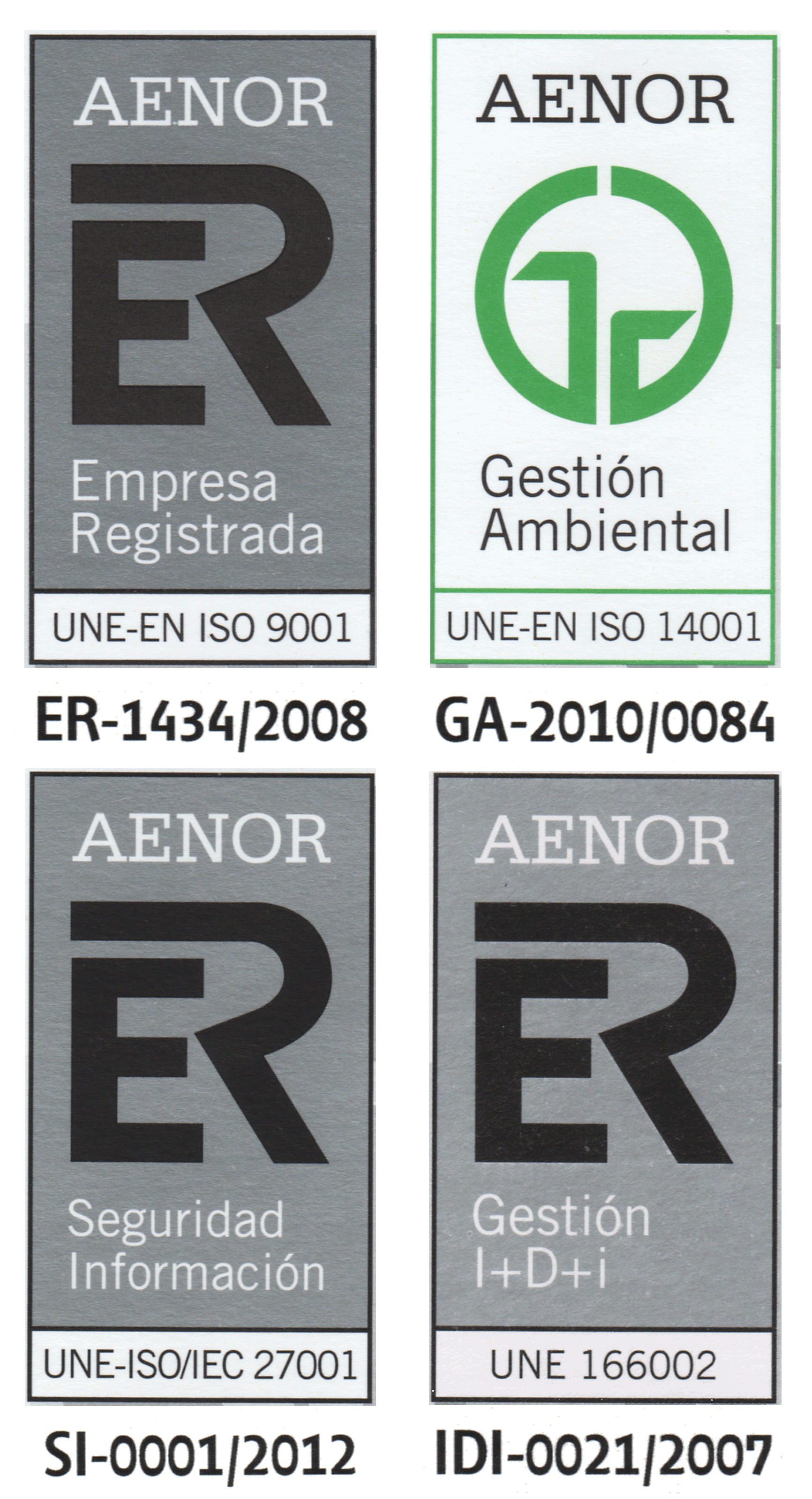On the power of membrane division in P systems
| Title | On the power of membrane division in P systems |
| Publication Type | Journal Papers |
| Year of Publication | 2004 |
| Authors | Paun, G., Suzuki Y., Tanaka H., & Yokomori T. |
| Journal Title | Theoretical Computer Science |
| Publisher | Elsevier |
| Place Published | Amsterdam (The Netherlands) |
| Volume | 324 |
| Pages | 61 - 85 |
| Abstract | First, we consider P systems with active membranes, hence with the possibility that the membranes can be divided, with non-cooperating evolution rules (the objects always evolve separately). These systems are known to be able to solve NP-complete problems in linear time. Here we give a normal form theorem for such systems: their computational universality is preserved even if only the elementary membranes are divided. The possibility of solving SAT in linear time is preserved only when non-elementary membranes may also be divided under the influence of objects in their region.Second, we consider a slight generalization, namely, we allow that a membrane can produce by division both a copy of itself and a copy of a membrane with a different label; again, only elementary membranes may be divided. In this case, we prove that the hierarchy on the maximal number of membranes present in the system collapses: three membranes at a time are sufficient in order to characterize the recursively enumerable sets of vectors of natural numbers. This result is optimal, two membranes are shown not to be sufficient.Third, we consider P systems with cooperating rules (several objects may evolve together). Making use of this powerful feature, we show that many NP-complete problems can be solved in linear time in a quite uniform way (by systems which are very similar to each other), using only elementary membranes division (and not further ingredients, such as electrical charges). The degree of cooperation is minimal: two objects at a time. |
| Keywords | Membrane computing, recursively enumerable language, SAT problem, Universality |
| URL | http://portal.acm.org/citation.cfm?id=1041011 |
| Issue | 1 |
| ISSN Number | 0304-3975 |
| DOI | 10.1016/j.tcs.2004.03.053 |



